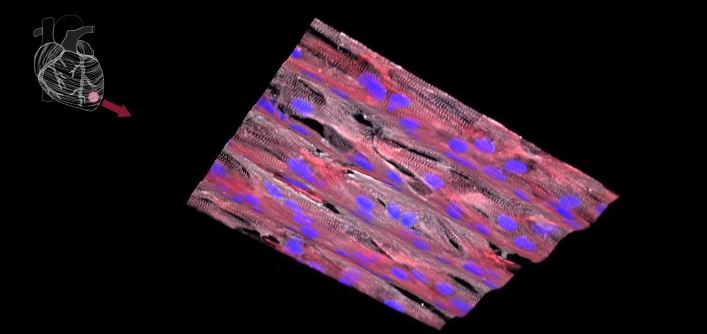
twisting trysts of nucleic garlands,
saccharine beats & keys,
messages for foldings & unfoldings.
enzymes & promises made of Time & randomness,
one billion Alexandrine libraries in a nucleus,
overcoming Entropy with every luciferase;
memories of triumphs & extant rhythms,
menacing knots lurking, jonesing the unraveling,
memories of failures & extinct experiments;
fragments forever propelling proteic,
text writing itself, remixing surviving iterations,
ushering the sickness of the Nation…
please, o, please - con los santos no se juega*,
pump the breaks on Doudna’s palindromes;
use them wisely, calm the cytokine storms.
*do not trifle (juega) with the unknown (santos).
Related Content
Polímeros, palíndromos & memorias: revisitando Gattaca (Niccol, 1997)















You must be logged in to post a comment.